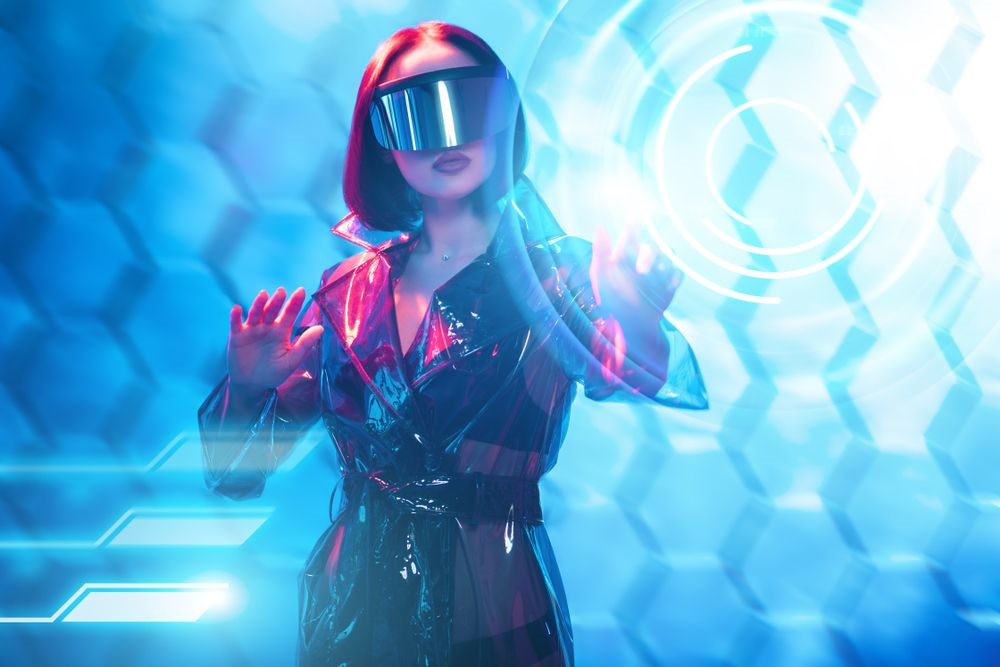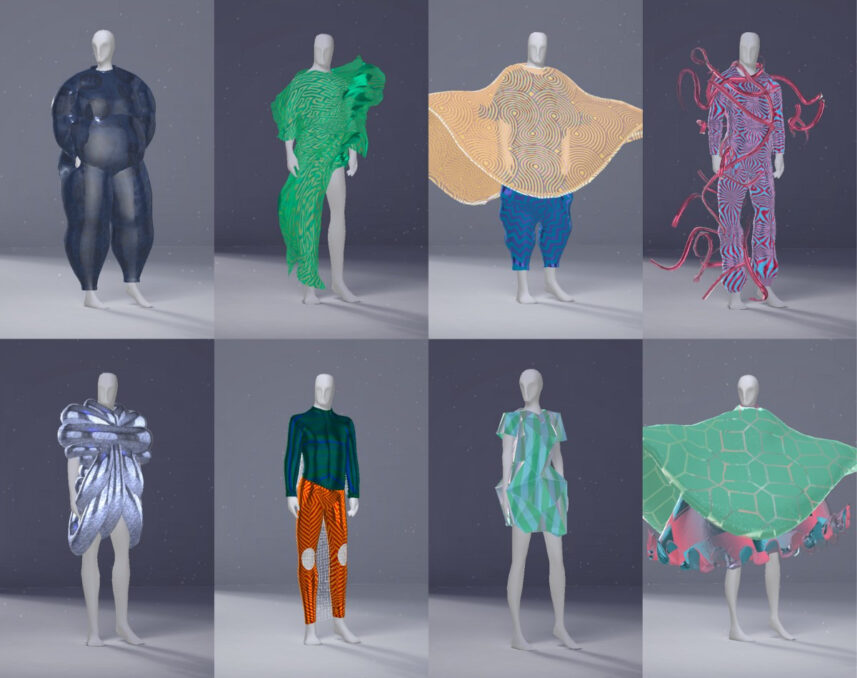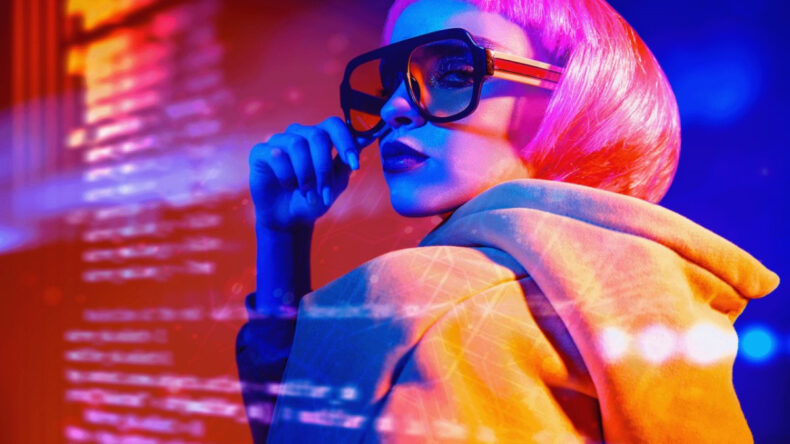Generative AI technology has emerged as a game-changer in the fashion industry, holding the promise of being one of the most influential advancements in decades. By utilizing generative AI, businesses can revolutionize product design, campaign creation, content development, and customer engagement. Early adopters and industry experts have begun exploring the opportunities and challenges presented by this transformative technology.

The flexibility and versatility of generative AI make it a significant asset for the fashion industry. Companies that have already embraced this technology report enhanced creativity and improved efficiency. It enables them to seamlessly bring their ideas to life and automate time-consuming tasks, leading to greater productivity.
While still in its early stages, generative AI shows immense potential for growth. It does come with inherent risks for businesses and their workforce. However, experts anticipate rapid advancements and expansion of its applications. A notable example of generative AI’s impact on fashion dates back to 2018 when artist Robbie Barrat created an entire fashion collection in the style of Balenciaga using his own AI model.
Though imperfect, it caught the attention of the fashion world, resulting in interviews and collaborations with industry leaders.
In just a few years, generative AI tools have become accessible to anyone with a computer, enabling them to create collections with less effort and achieve more photorealistic outcomes compared to previous attempts. These tools, including DALL-E 2, Midjourney, Stable Diffusion, and Runway, can generate images, text, and videos, opening up a wide array of possibilities.
While generative AI initially gained recognition through user-generated memes and creative content, its true impact lies in transforming businesses. Tech giants like Microsoft and Google are racing to integrate generative AI into their core products, and industries across sectors, from healthcare to finance, are exploring its potential to enhance labor productivity.
Startups are also developing enterprise applications centered around this technology. Analysts at Goldman Sachs estimate that widespread adoption of generative AI could boost US productivity by 1.5 percentage points annually for a decade, leading to a 30% or more increase in S&P 500 profits.

The fashion industry, still in the early stages of exploring generative AI’s potential, is expected to experience significant growth as a result. McKinsey & Company estimates that within the next three to five years, generative AI could contribute between $150 billion and $275 billion to the operating profits of the apparel, fashion, and luxury sectors. Already, generative AI has begun reshaping areas such as design, marketing, and customer service.
As different segments of the fashion industry explore and adopt generative AI, this study delves into the opportunities, challenges, and risks for both brands and their employees. While the field is evolving rapidly, this study focuses on four key strategic areas: product design, visual content creation, copywriting, and shopping and customer experience. Throughout research conducted in spring 2024, brands, retailers, technology providers, and AI-focused experts such as Revolve, Casablanca Paris, Frame, Snipes, Levi’s, Zalando, Salesforce, Amazon, and Shopify share real examples of implementing generative AI and the lessons they have learned.
The transformative power of generative AI in the fashion industry is just beginning to unfold. With its potential to revolutionize design, marketing, and customer engagement, it has become a crucial tool for fashion brands aiming to stay ahead in a rapidly evolving industry.













